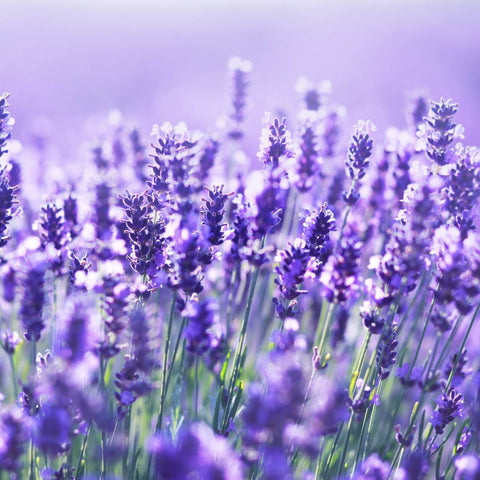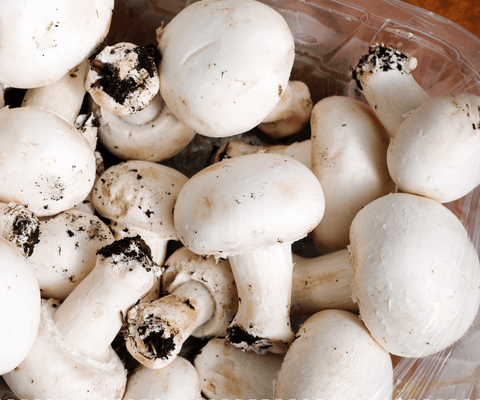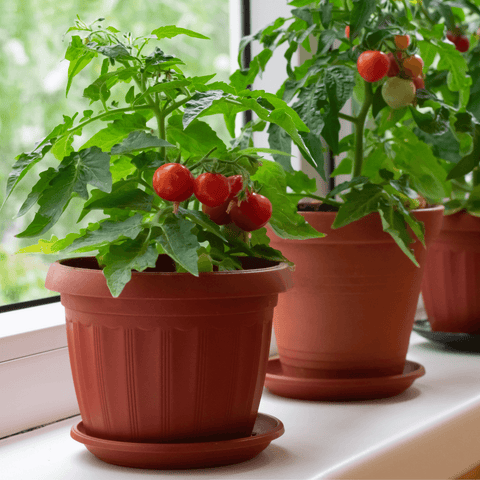Lavender is a beautiful plant known for its fragrant flowers and medicinal properties. Growing lavender at home in a pot can be a great way to enjoy its benefits, regardless of whether you have a large or small garden. Below we will provide you with some useful tips on how to grow lavender at home in a pot: https://gardenshop.hr/products/set-posuda-za-uzgoj-lavande?_pos=2&_sid=1b78394d8&_ss=r
🌿 Choose the right pot:
To grow lavender, choose a deep pot with drainage holes in the bottom to ensure good drainage of excess water. Lavender has long roots, so it is important to provide enough space for them to grow. Also, choose a pot that is large enough for your chosen lavender variety.
🌿 Choose the appropriate substrate:
Lavender prefers well-drained soil. You can use a mixture of equal parts compost, sand, and vermiculite. Add a little perlite to improve soil drainage.
🌿 Seeds or seedlings:
You can start lavender from seed or buy pre-grown seedlings. If you choose to use seeds, sow them in a potting mix and cover lightly with a thin layer of soil. Lavender seedlings can be purchased from local nurseries or online.
🌿 Position and light:
Lavender loves a lot of sunlight. Therefore, it is important to place the pot in a sunny spot, where the plant will receive at least 6 to 8 hours of sunlight per day. If you have enough light indoors, you can also grow it on a window sill.
🌿 Water:
Lavender is a drought tolerant plant and does not require much water. Water the plant only when the soil is dry to the touch. Be careful not to overwater the lavender as too much moisture can lead to root rot. Also, avoid watering the leaves to reduce the risk of fungal diseases developing.
🌿 Fertilization:
Lavender is not a demanding plant when it comes to fertilization. You can fertilize it once a year in early spring with organic fertilizer or compost. Excessive fertilization can encourage leaf growth at the expense of flowering, so be careful not to overfeed the plant with nutrients.
🌿 Pruning:
Regular pruning helps keep lavender lush and healthy. After the plant has finished blooming, carefully cut off faded flowers and twig ends to encourage new growth. Also, shape the plant by pruning to give it the desired look.
🌿 Pest protection:
Lavender is generally resistant to pests and diseases, but can be susceptible to some insects such as aphids or slugs. Inspect the plant regularly and remove pests by hand or use natural insecticides if necessary.
🌿 Lavender harvesting:
Once lavender begins to bloom, you can pick it and use it for a variety of purposes. The best time to harvest is when the flowers have opened but before they start to fade. Cut the flowering stems near the base of the plant and hang them upside down in a dry, dark place to dry. You can use the dried flowers to make aromatic pillows, bath preparations, essential oils, or simply place them in vases to enjoy their beautiful scent.
Growing lavender at home in a pot can be challenging, but with proper care and attention, you can enjoy this beautiful plant all year round. Lavender will bring fragrance and color to your home and provide you with many benefits, such as relaxation, aromatherapy and medicinal properties. Try growing lavender at home and discover the beauty and benefits of this wonderful plant.
You can choose various types of seeds here: https://gardenshop.hr/collections/blog




